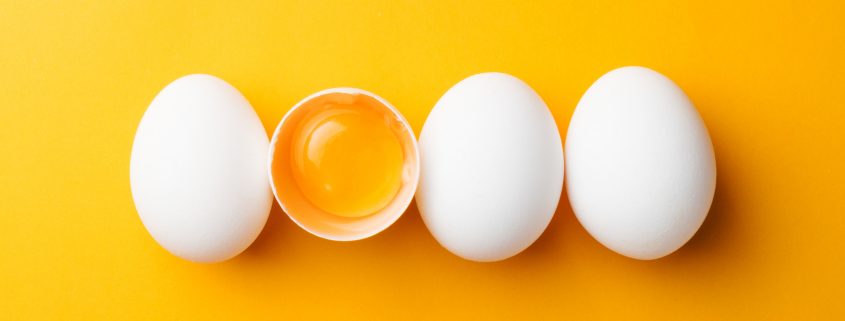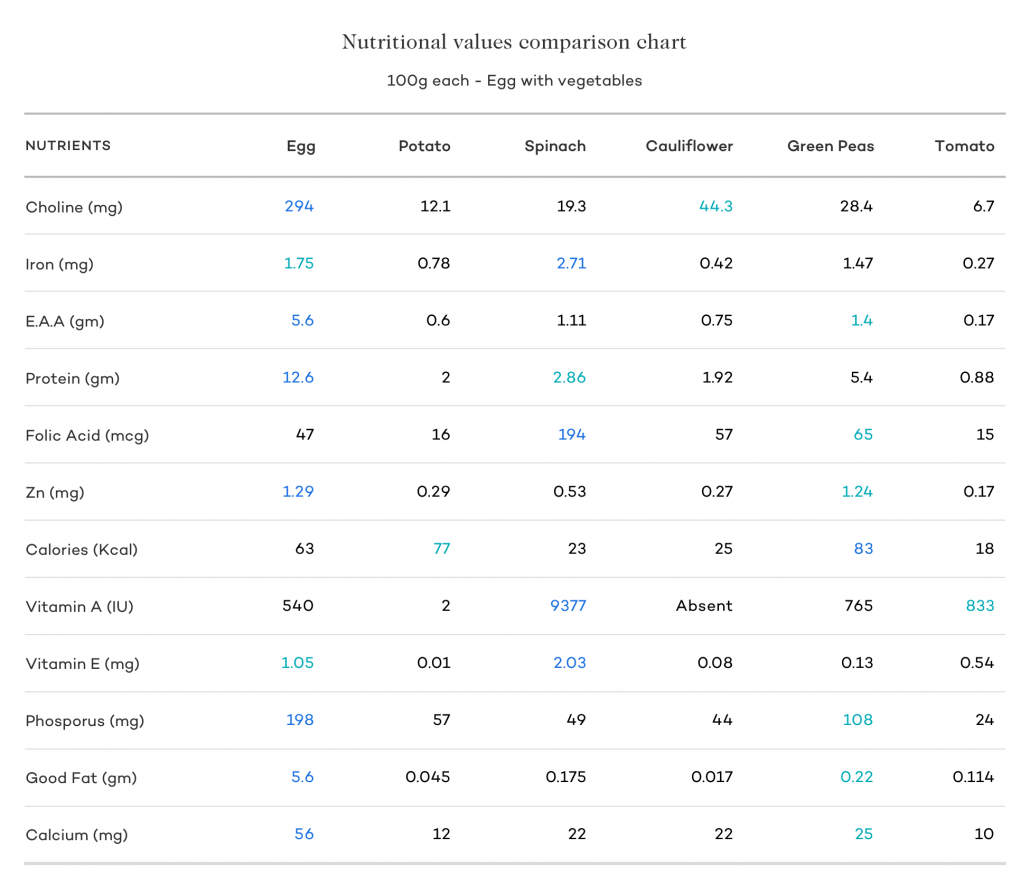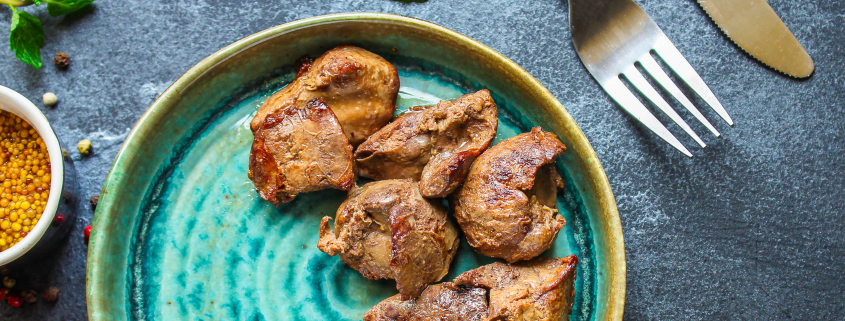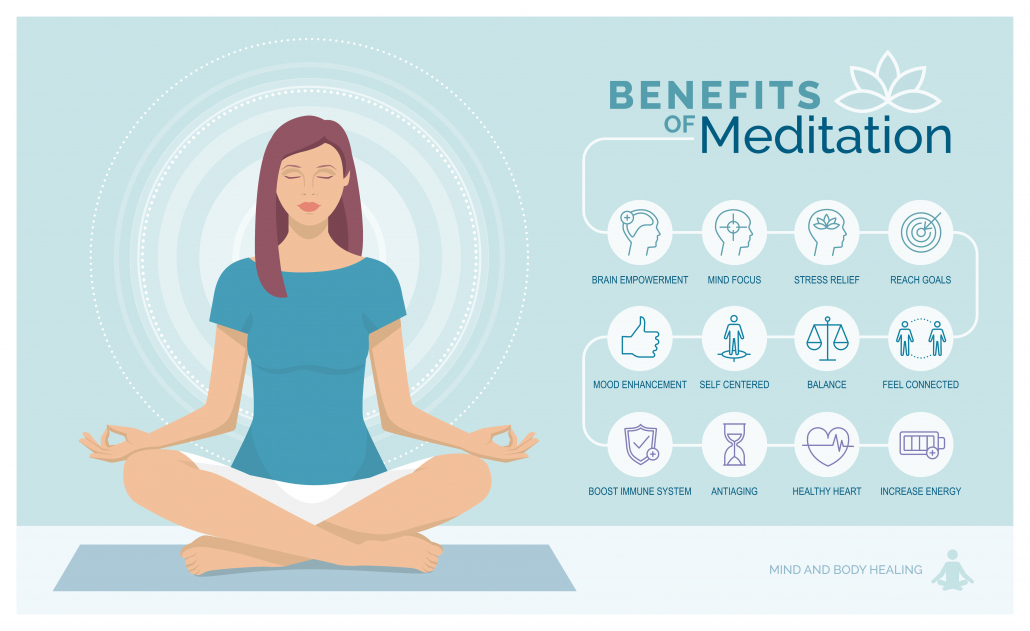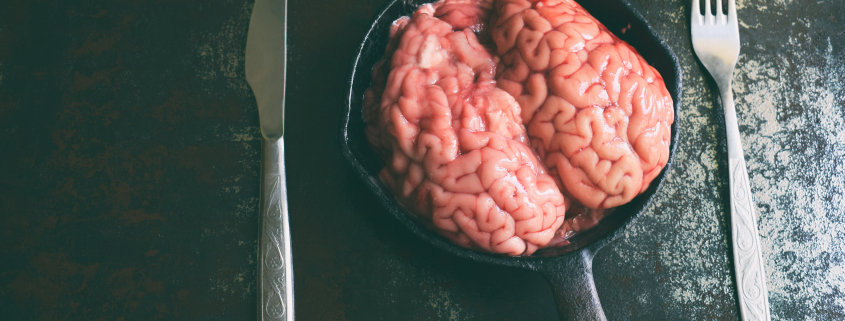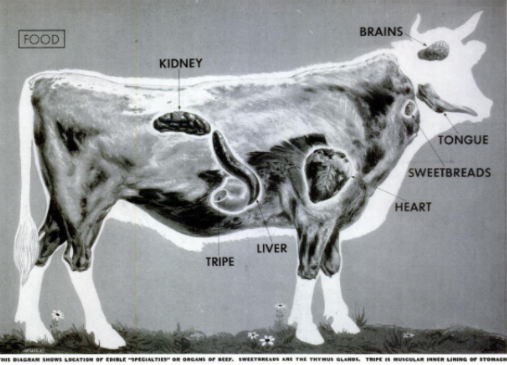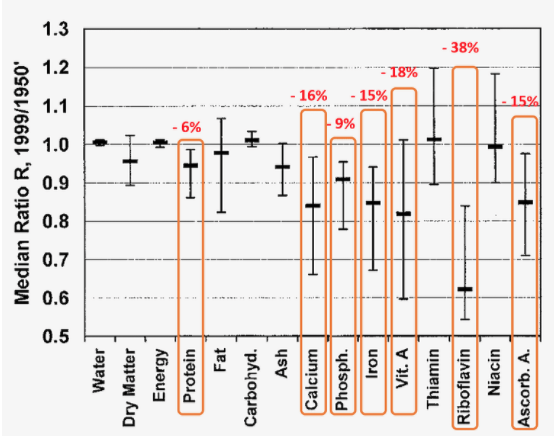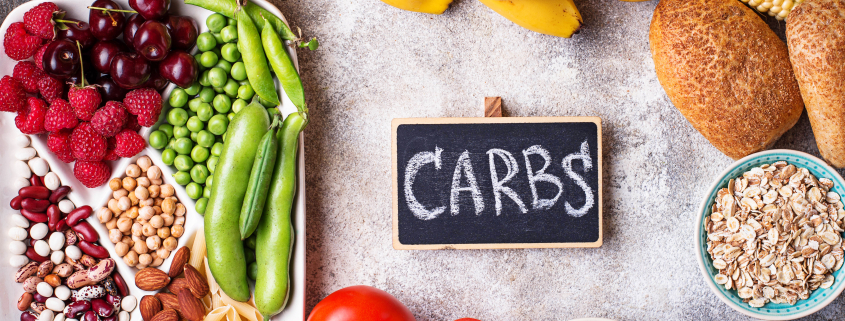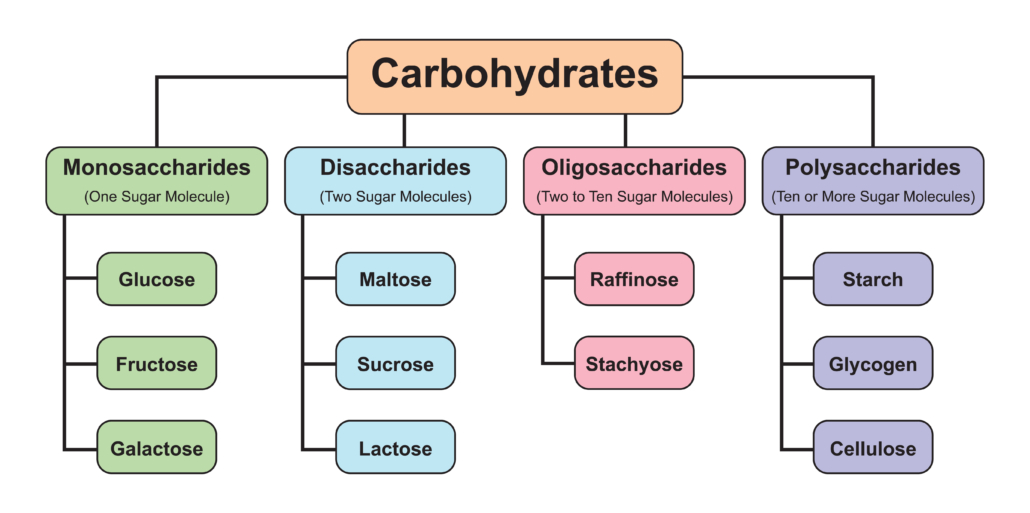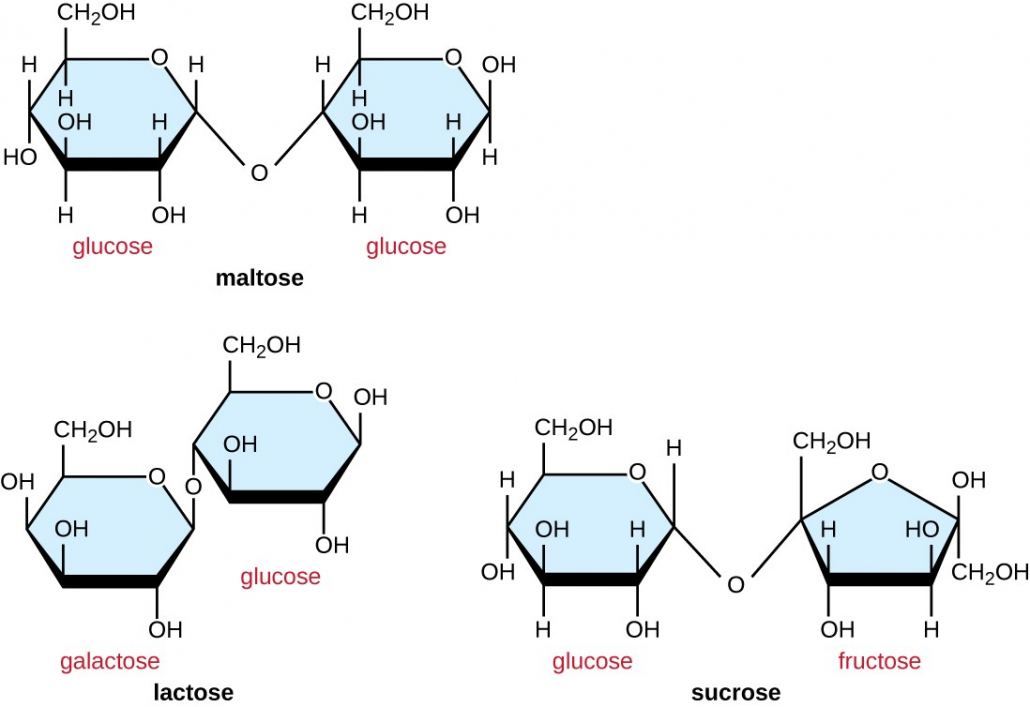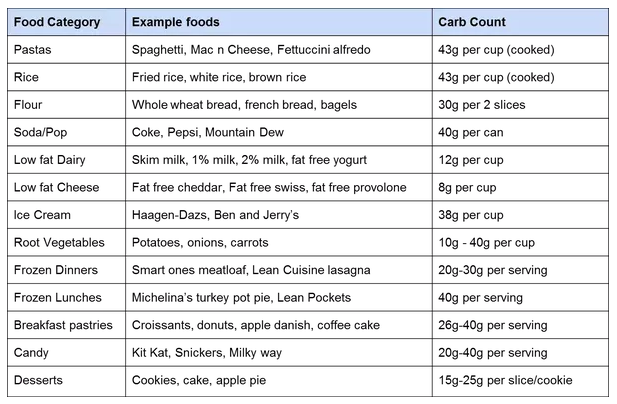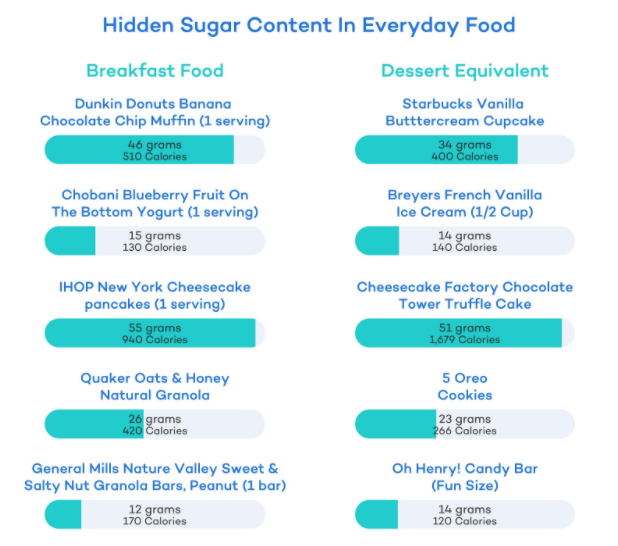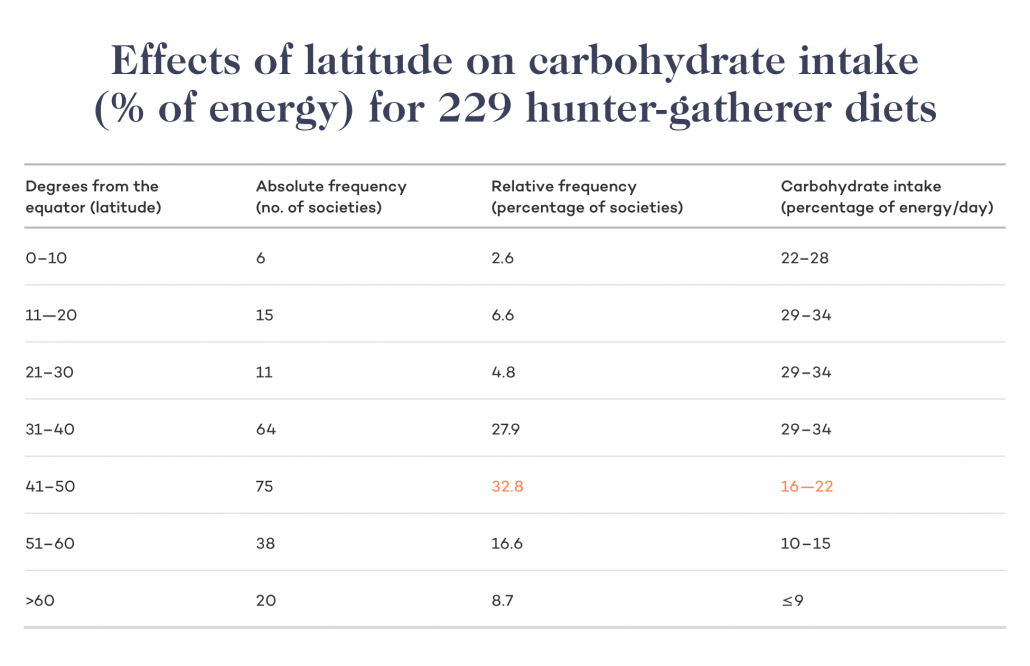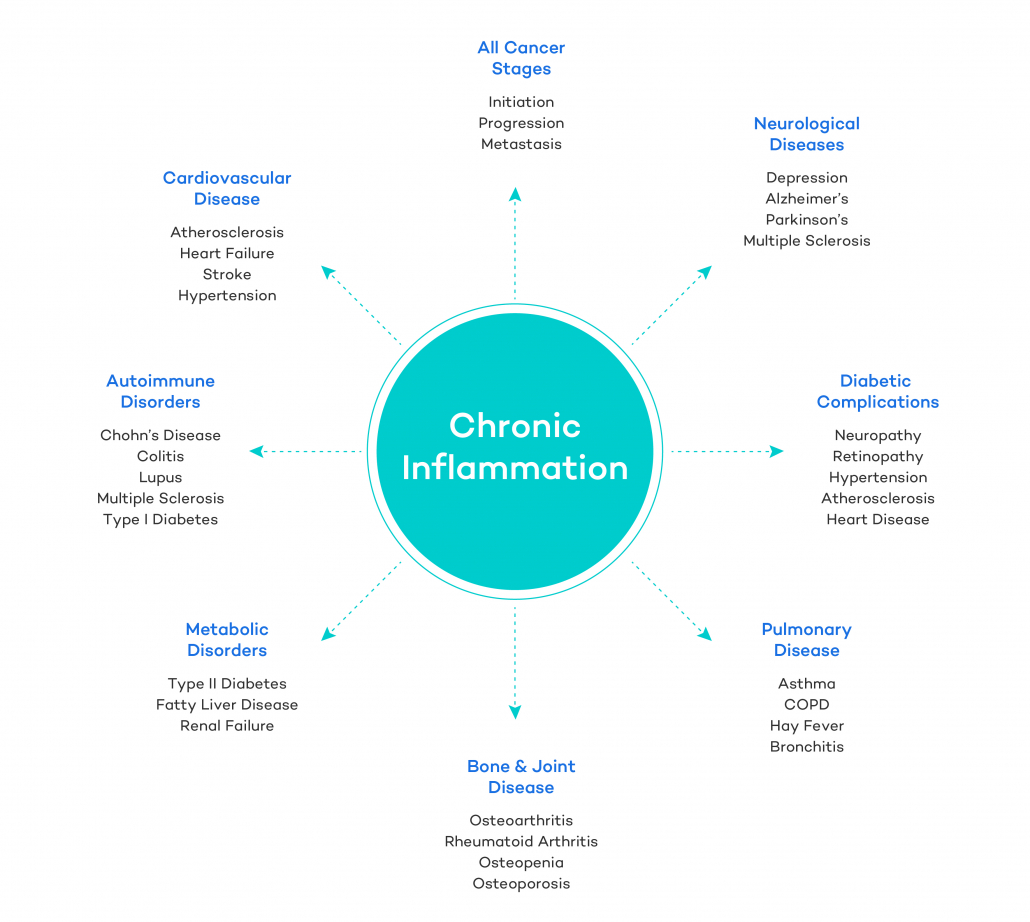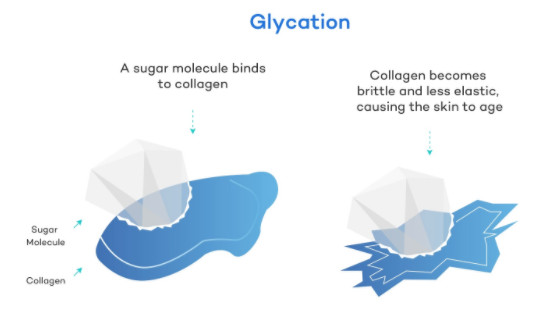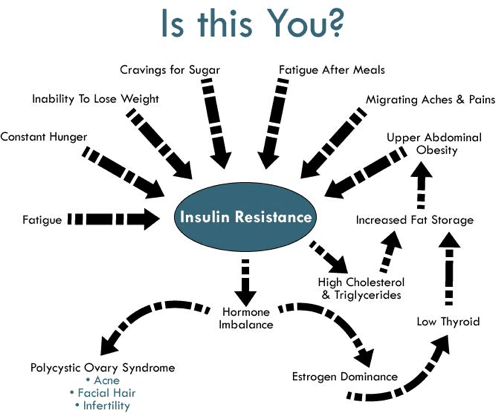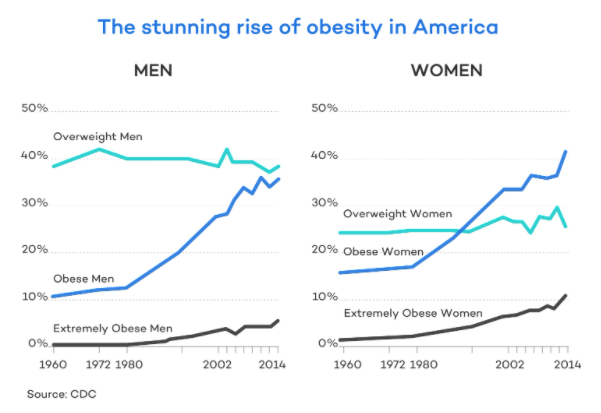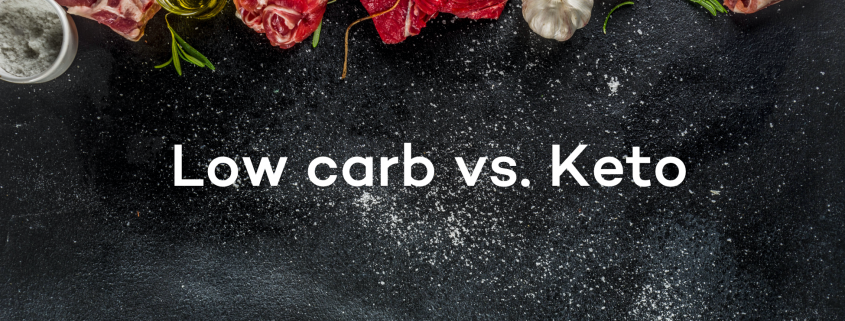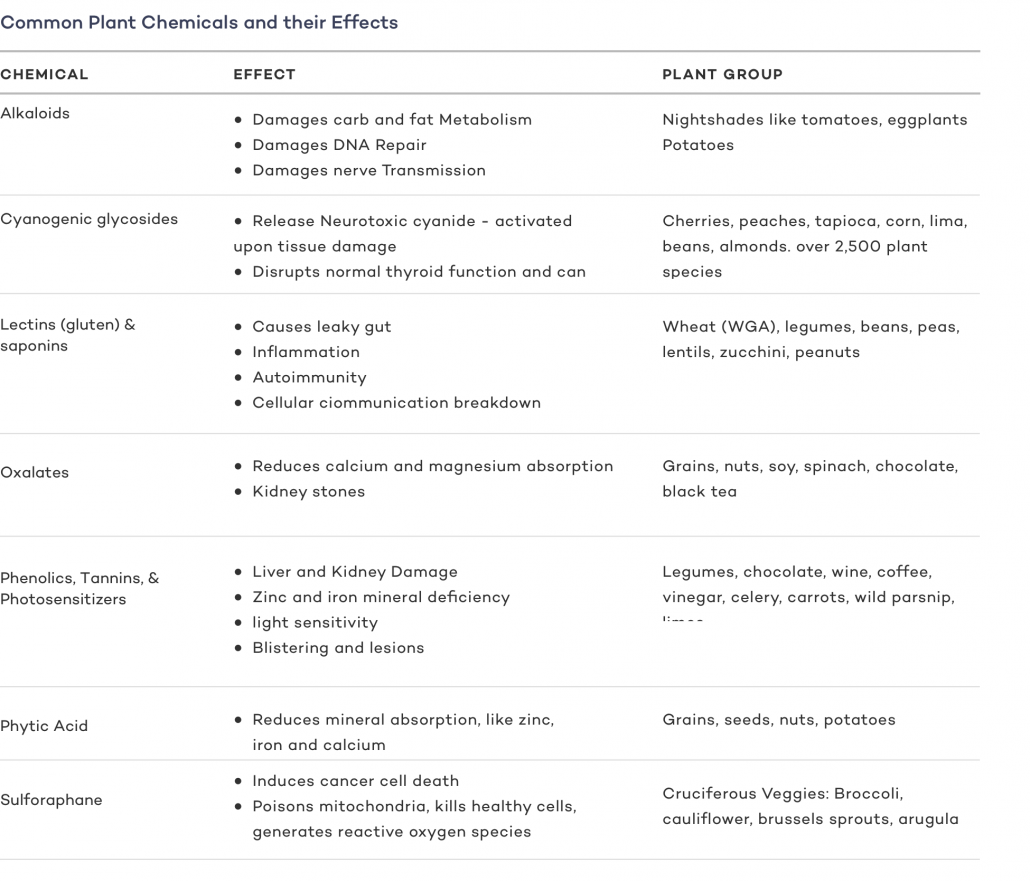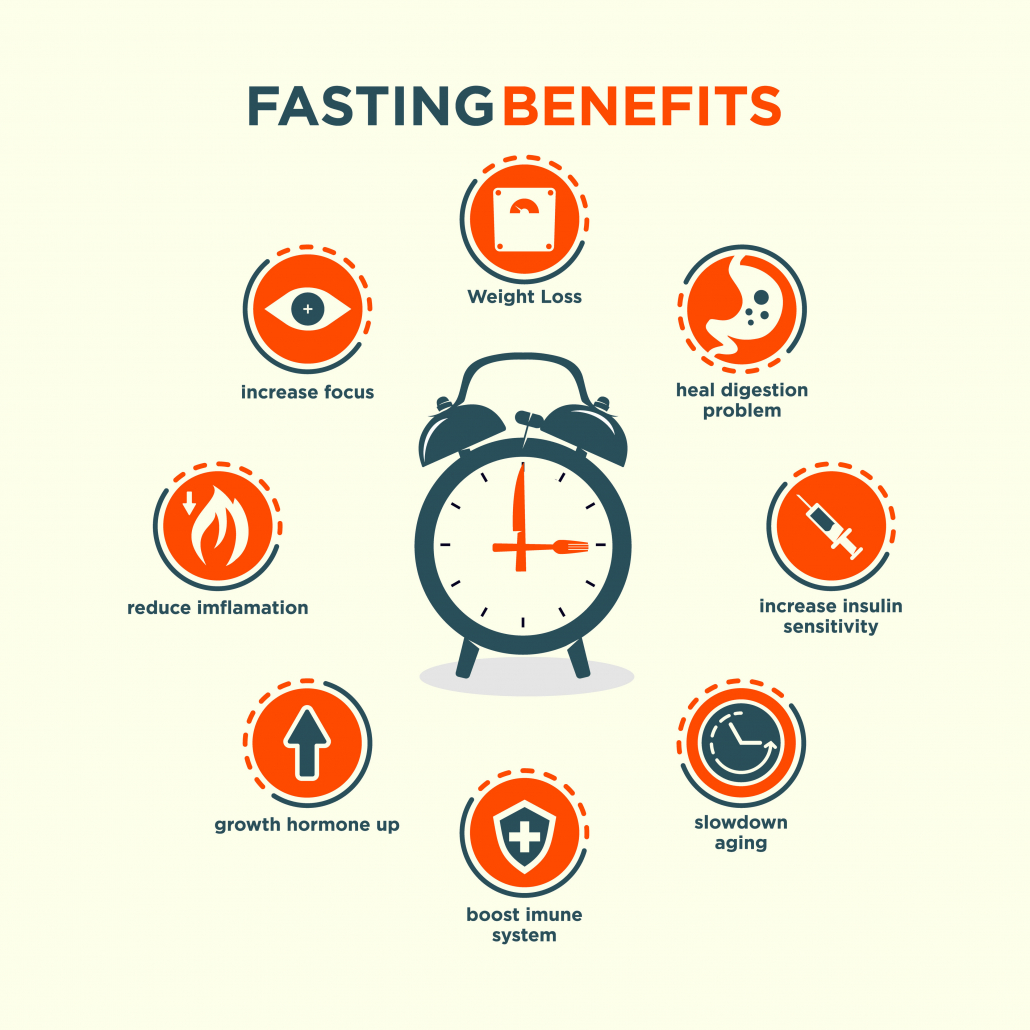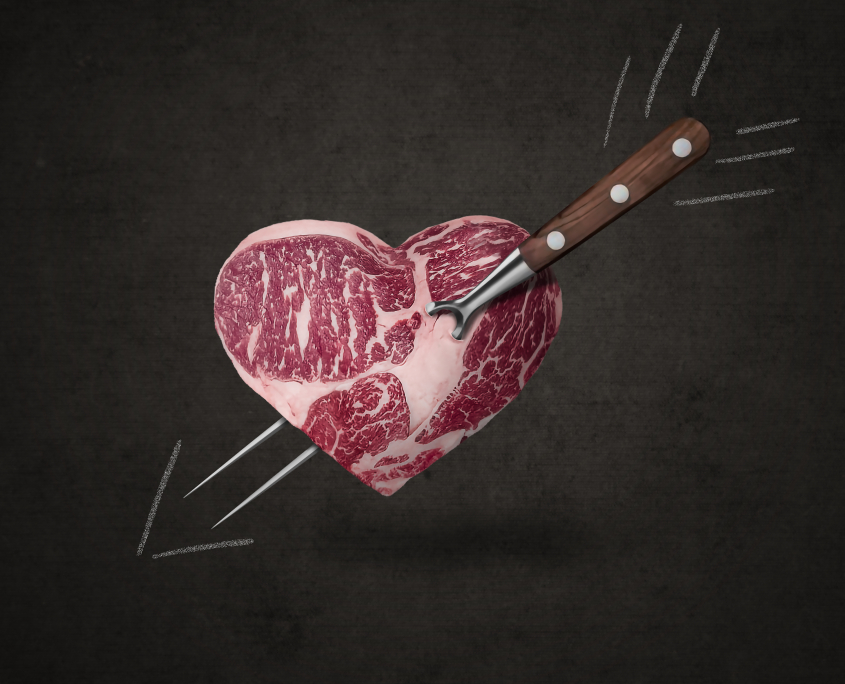Anxiety: Causes, Symptoms, and Treatments
Anxiety is the emotion you feel when your body and brain respond to stress and alert you to potential danger. The ability to feel anxiety is healthy and normal, and we all experience it.
Maybe it’s your first day at a new job, or you’re walking down a dark alley late at night. Those combined feelings of nervousness, alertness, fear, and tension all add up to anxiety.
Though healthy and helpful in small doses, when feelings of anxiety last more than 6 months, become extreme, and interfere with your life, you may be dealing with an anxiety disorder.
If this sounds like you, you’re not alone. anxiety disorders are the most common mental illness in the U.S. affecting around 40 million adults — almost 1 in 5 people. The good news is that there are many effective treatments, most of which don’t require a visit to a healthcare professional, just a change in diet and lifestyle.
What are the symptoms of anxiety?
People experience anxiety with different intensities, sensations in the body, and related thought patterns. For some, anxiety might feel like butterflies in the stomach. For others, it expresses as a racing heart, a feeling of losing control, or a disconnection between mind and body. In more intense cases, anxiety can manifest as panic attacks, nightmares, and persistent unpleasant thoughts.
Common symptoms of anxiety include:
- Elevated heart rate
- Shallow breathing
- Inability to concentrate
- Feeling restless
- Trouble falling asleep
What are the types of anxiety disorders?
Anxiety is a universal experience with many different environmental cues, levels of intensity, and physical and mental presentations. For many people, anxiety can become overwhelming, prolonged, and chronically triggered by specific experiences. In these cases, anxiety is often considered a disorder.
The most common anxiety disorders include:
- Panic disorder: experiencing frequent or recurring panic attacks at unknown times. A person with panic disorder may be constantly fearful of the next panic attack.
- Phobia: excessive fear of a specific activity, object, or situation.
- Social anxiety disorder: overwhelming fear of being judged in social situations by others.
- Obsessive-compulsive disorder: recurring irrational thoughts that lead you to perform specific, repeated behaviors like locking your front door over and over.
- Separation anxiety disorder: fear and discomfort of being away from loved ones or home.
- Illness anxiety disorder: anxiety about your health (previously known as hypochondria).
- Post-traumatic stress disorder (PTSD): anxiety occurring after a traumatic event.
What causes anxiety?
Anxiety is caused by a combination of genetic and lifestyle factors. Researchers looking at the causes of anxiety study a variety of influences including brain chemistry, physical activity, the body’s microbiome, inflammation, and diet.
Brain Chemistry
One way of understanding anxiety is through the lens of the chemical imbalance theory. This theory sees anxiety symptoms as a result of imbalances in natural chemical messengers in the brain called neurotransmitters.
The job of neurotransmitters is to communicate information between nerve cells and brain cells. There are hundreds of different types of neurotransmitters that can become unbalanced leading to panic and anxiety. Serotonin, norepinephrine, dopamine, and gamma-aminobutyric acid (GABA), are all neurotransmitters linked to mood and anxiety disorders.
These imbalances result from a combination of genetic factors and environmental factors, especially chronic stress and trauma. Anxiety disorders occur when these imbalances persist over time.
Physical Inactivity
Inactivity can lead to Anxiety. One of the most common causes of anxiety is unused energy. Your body is designed to alternate between periods of movement and rest. When you’re not moving that energy can build up. At first this feels like physical stress, but then it becomes mental stress and anxiety.
You can see the process play out with dogs. When they don’t get their daily walks, they become high-strung and then anxious. Once they expend their energy, they can relax. This same process happens in people, but we’re good at finding ways to distract ourselves, which only increases the build-up of anxiety.
Inactivity also increases the buildup of stress hormones. When you feel stress your body releases a hormone called cortisol. And studies show that movement depletes cortisol. This is important from the perspective of the chemical imbalance theory because cortisol inhibits the production of serotonin, the neurotransmitter responsible for feelings of well-being.
The Gut Microbiome
The gut microbiome is the trillions of microorganisms in the intestines responsible for critical functions in your immune system and metabolism. The microbiome produces cells that mediate inflammation, nutrients, vitamins, and neurotransmitters. Together this ecosystem of organisms, cells, and compounds help regulate brain function through a system called the “gut-brain axis.”
Research on the link between the microbiome and anxiety is increasingly important. A recent analysis showed that 11 of 21 studies looking at regulating intestinal microbiota found a positive effect on anxiety symptoms. The 21 studies were split into studies looking at the effects of simply adding probiotics to the diet, and studies that changed the diet without introducing probiotics.
Interestingly, only 36% of the probiotics studies were effective in reducing anxiety. Yet a substantial 86% of the diet-related studies were effective. These findings suggest that diet changes that support a healthy microbiome, like cutting out sugary and processed foods, are far more effective for balancing the microbiome and reducing anxiety than relying on pills and powders.
Diet and Lifestyle
When it comes to the effects of lifestyle or diet, it can be difficult to know which came first, the chicken or the egg? Excess stress may lead to poor sleep or insomnia. Poor sleep or a smoking habit makes you tired, so you don’t exercise. Stress may lead you to eat sugary processed foods or drink too much alcohol, which impacts your gut bacteria and sleep cycle. All of these lifestyle factors contribute to and reinforce anxiety.
A key to reducing anxiety is breaking the cycle of anxiety-inducing lifestyle habits.
Lifestyle factors that may increase the risk of anxiety include:
- A diet high in processed carbohydrates
- Excess stress
- Poor sleep
- Lack of physical activity
- Smoking
- Imbalanced gut microbiome
- Excess alcohol
Processed foods
Foods and beverages can increase anxiety by causing inflammation and oxidative stress. Staples of the Standard Western (American) Diet such as refined grains, added sugars, and trans fats have all been shown to increase inflammation.
Inflammation
A diet high in carbohydrates and processed foods produces inflammatory chemicals called cytokines. People experiencing anxiety tend to have high levels of cytokines circulating through their entire bodies. These inflammatory chemicals trigger excitatory neurotransmitters, which create anxious thoughts and feelings.
Interestingly, neurotransmitters aren’t only in the brain. In fact, 90% of the neurotransmitter serotonin is made in the gut. Serotonin is a hormone that stabilizes mood and produces feelings of well-being. The production of serotonin is disrupted when the same inflammatory chemicals circulating in the brain cause damage to the microbiome of the gut.
Studies show that gut-derived compounds such as short chain fatty acids from the digestion of fiber (a type of carbohydrate) may impact the risk of anxiety. Furthermore, anxiety and worry tend to increase inflammation in the body, creating a negative feedback loop of anxiety and inflammation.
Alcohol and Anxiety
Alcohol alters serotonin and other neurotransmitters in the brain which may exacerbate anxiety. In addition, alcohol often impairs sleep, which may worsen anxiety.
While alcohol may initially appear to reduce stress and anxiety, for people with alcohol addiction, anxiety is heightened when the effects of alcohol wear off.
Mainstream treatments for anxiety
Two mainstream treatment categories for anxiety include psychotherapy and medication. Working with a licensed therapist or psychologist can help you understand the roots of anxiety and adopt strategies and tools to cope with anxiety when it arises.
Medication may not be necessary for most people. However, in moderate to severe cases, medication can help you overcome the symptoms and lead a more productive day-to-day life.
Medications normally used to treat anxiety include antidepressants and sedatives. These work to regulate brain chemistry, prevent or reduce episodes of anxiety, and ward off the most severe symptoms of the disorder.
Natural Treatments for Anxiety?
Natural treatments for anxiety involve practicing healthy activities and eliminating unhealthy ones.
Simple, yet powerful lifestyle changes proven to reduce anxiety include:
- Eating a diet high in animal-based whole foods.
- Reducing carbohydrates and processed foods in your diet.
- Starting meditation practices like mindfulness, lovingkindness, and breathwork.
- Having a gratitude practice.
- Practice yoga.
- Regular walking.
Foods that treat anxiety
Research suggests that a diet rich in animal-based whole foods can reduce anxiety.
These foods include:
- Salmon
- Eggs
- Beef liver
- Full fat probiotic yogurt
These foods contain powerful mood-enhancing compounds such as omega-3-fatty acids, zinc, magnesium, and antioxidants including selenium, vitamin D, and E, that help reduce inflammation.
Foods high in healthy cholesterol, fats, and proteins such as eggs, fish, dairy products, red meats, and organ meats provide critical amino acids that help your body produce the “feel good” hormone serotonin.
Keto
A new field known as “Nutritional Psychiatry” is on the rise to investigate the power of keto (low carb, high fat) diets for reducing anxiety.
Keto diets reduce anxiety by targeting the root causes rather than medicating symptoms. Eating keto:
- Removes high-carb and processed foods that cause inflammation.
- Reduces anxiety inducing plant toxins including histamines and glycoalkaloids.
- Allows your microbiome–the trillion-strong ecosystem of bacteria in your gut–to rebalance.
- Repairs the lining of your intestines.
- Restores your ability to absorb micronutrients crucial for creating a balance of neurotransmitters.
Yoga
Yoga is kryptonite for anxiety because of the way it increases endorphins, reduces inflammation, and regulates the nervous system, uniting mind and body into a harmonious flow. Additionally, yoga Yoga offers a technique for relaxation that can replace unhealthy coping mechanisms, like alcohol and binge eating that increase anxiety.
A recent study on elementary school teachers found that after a 15-day residential yoga program, teachers experienced reduced rates of anxiety and improved mental well-being.
In addition, a systematic review of 27 studies on adolescents with varying degrees of health status using yoga as an anxiety treatment, found that over 50% of the studies showed reductions in anxiety.
You can read more about the benefits of yoga here, or take this quiz to find what yoga is right for you.
Breathing techniques
Like yoga, breathing exercises are a great way to use the body as a tool to reduce anxiety. One of the most powerful breathing techniques for anxiety is deep breathing. Deep breathing helps slow heart rate, reduces blood pressure, and helps to calm a racing mind. You can learn how to deep breathe with our free, in-depth-guide here.
Slow breathing is also an effective technique for reducing anxiety. A recent systematic review of 15 studies showed that the psychological/behavioral consequences of slow breathing include increased comfort, relaxation, pleasantness, vigor, and alertness, and decreased symptoms of arousal, anxiety, depression, anger, and confusion.
Meditation
Meditating is another simple and free technique to reduce anxiety. It works by relaxing the mind and focusing on the present. Meditation is used to break the cycle of negative, racing thoughts that cause anxiety. You can learn more about meditation, and how to do it here.
Researchers reviewed more than 200 studies of mindfulness among healthy people and found mindfulness-based meditation was exceptionally effective for reducing stress, anxiety, and depression. Mindfulness can also help treat many of the problems that lead to anxiety including depression, pain, smoking and addiction.
Quitting Smoking
Smoking may mask anxiety, but it doesn’t help you cope with it. Your ability to deal with anxiety becomes worse when you continue to smoke.
Smoking can lead to numerous diseases which greatly increase anxiety. In addition, smokers tend to breathe faster and less efficiently, which may lead to hyperventilation. Hyperventilation can cause anxiety and panic attacks.
Outlook
Anxiety is common in our fast-paced and stressful world. The good news is that it can be successfully treated with lifestyle modifications, therapy, and medications.
Dietary changes that reduce inflammation and increase your intake of mood-stabilizing nutrients, meditation practices, breathing techniques, and intentional movement like yoga and walking, are powerful and proven tools for reducing anxiety that you can begin today!












